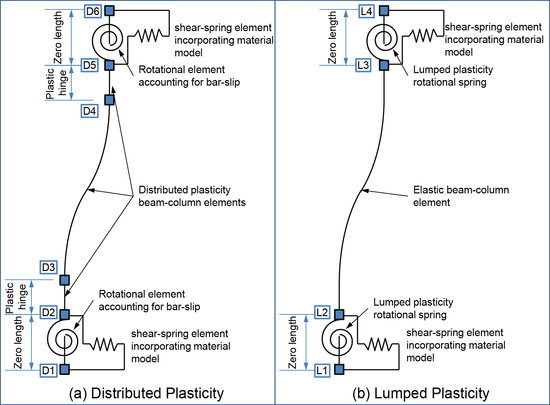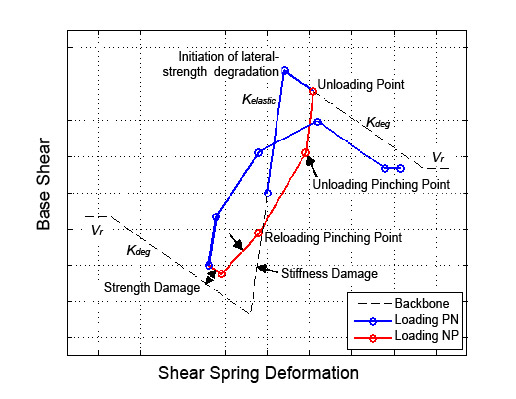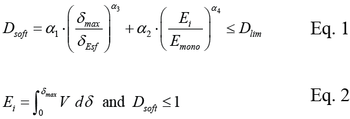Pinching Limit State Material: Difference between revisions
No edit summary |
No edit summary |
||
| Line 9: | Line 9: | ||
{| | {| | ||
| style="background:yellow; color:black; width:800px" | '''uniaxialMaterial PinchingLimitStateMaterial $matTag $nodeT $nodeB $driftAxis $Kelas $crvTyp $crvTag | | style="background:yellow; color:black; width:800px" | '''uniaxialMaterial PinchingLimitStateMaterial $matTag $nodeT $nodeB $driftAxis $Kelas $crvTyp $crvTag'''|} | ||
{| | |||
| style="background:yellow; color:black; width:800px" | ''' $YpinchUPN $YpinchRPN $XpinchRPN | |||
$YpinchUNP $YpinchRNP $XpinchRNP | $YpinchUNP $YpinchRNP $XpinchRNP | ||
$dmgStrsLimE $dmgDispMax | $dmgStrsLimE $dmgDispMax | ||
Revision as of 18:03, 11 April 2014
- Command_Manual
- Tcl Commands
- Modeling_Commands
- model
- uniaxialMaterial
- ndMaterial
- frictionModel
- section
- geometricTransf
- element
- node
- sp commands
- mp commands
- timeSeries
- pattern
- mass
- block commands
- region
- rayleigh
- Analysis Commands
- Output Commands
- Misc Commands
- DataBase Commands
This command is used to construct a uniaxial material that simulates a pinched load-deformation response and exhibits degradation under cyclic loading. Cyclic degradation can be introduced using deformation and energy damage algorithms. Cyclic degradation can be imposed on reloading stiffness and backbone strength. The material in association with a RotationShearCurve material can monitor key deformation and forces in an associated frame element and utilize those values during analyses to adjust the force-deformation response. The material can be used in two modes: 1) direct input mode where all pinching and damage parameters are input; and 2) calibrated mode for shear-critical concrete columns where only key column properties are input for model to fully define pinching and damage parameters.
MODE 1: Direct Input
uniaxialMaterial PinchingLimitStateMaterial $matTag $nodeT $nodeB $driftAxis $Kelas $crvTyp $crvTag|}
Damage Model Equations: Elastic stiffness, reloading stiffness, and strength can be adjusted using the following energy and displacement damage model (from Mitra and Lowes (2007)):
EXAMPLE: PinchingLimitStateMaterial Example
REFERENCES: 1. LeBorgne M. R., 2012, "Modeling the Post Shear Failure Behavior of Reinforced Concrete Columns." Austin, Texas: University of Texas at Austin, PhD, 301. 2. LeBorgne M. R. , Ghannoum W. M., 2013, "Analytical Element for Simulating Lateral-Strength Degradation in Reinforced Concrete Columns and Other Frame Members," Journal of Structural Engineering, V. doi: 10.1061/(ASCE)ST.1943-541X.0000925 3. Ghannoum W. M., Moehle J. P., 2012, "Rotation-Based Shear Failure Model for Lightly Confined Reinforced Concrete Columns," Journal of Structural Engineering, V. 138, No. 10, 1267-78. 4. Mitra Nilanjan, Lowes Laura N., 2007, "Evaluation, Calibration, and Verification of a Reinforced Concrete Beam--Column Joint Model," Journal of Structural Engineering, V. 133, No. 1, 105-20.
|


